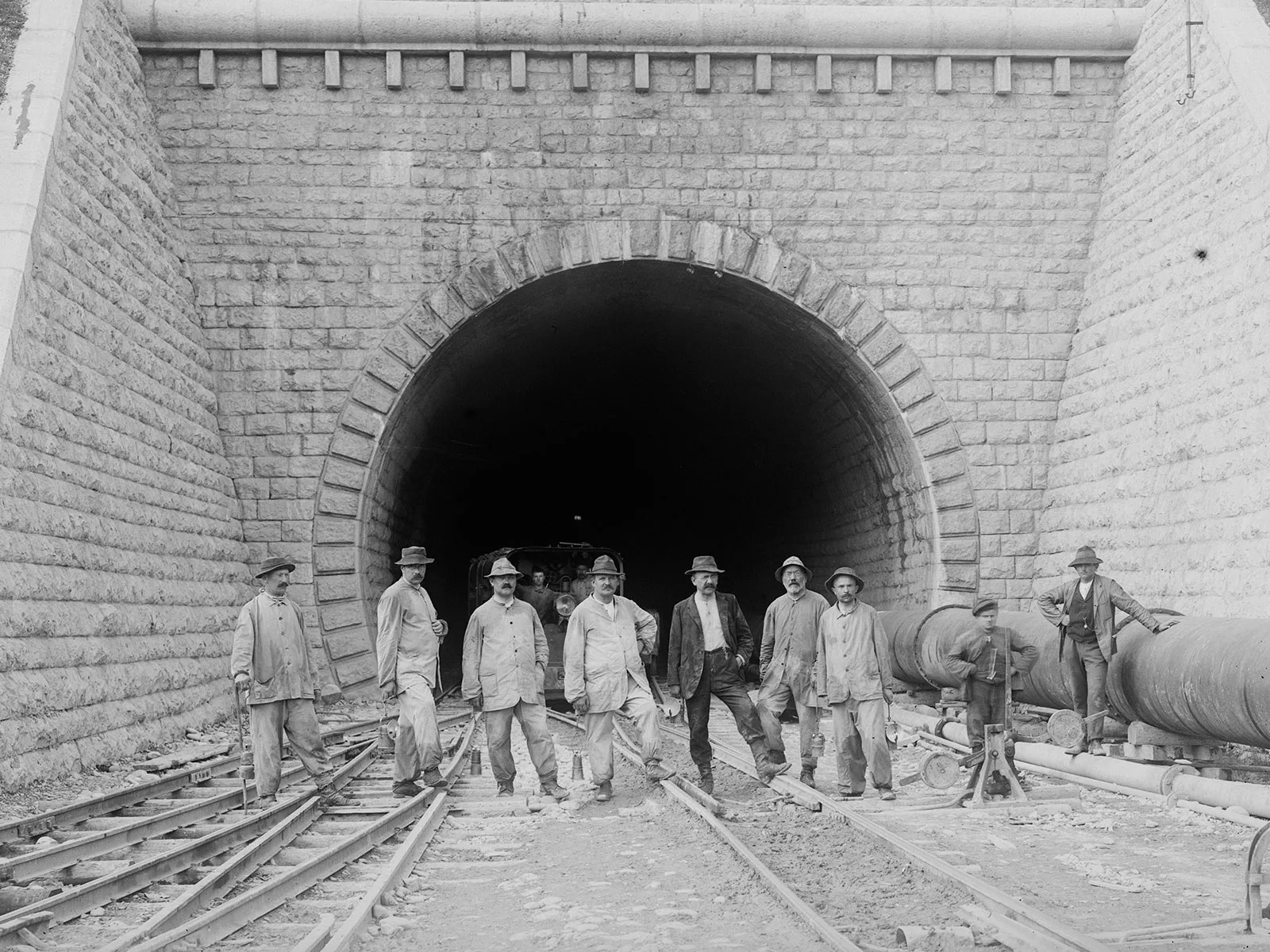
A major project in tumultuous times
The Hauenstein base tunnel was opened in January 1916. In the middle of World War I. The story of a trailblazing feat of engineering, achieved in tumultuous times.
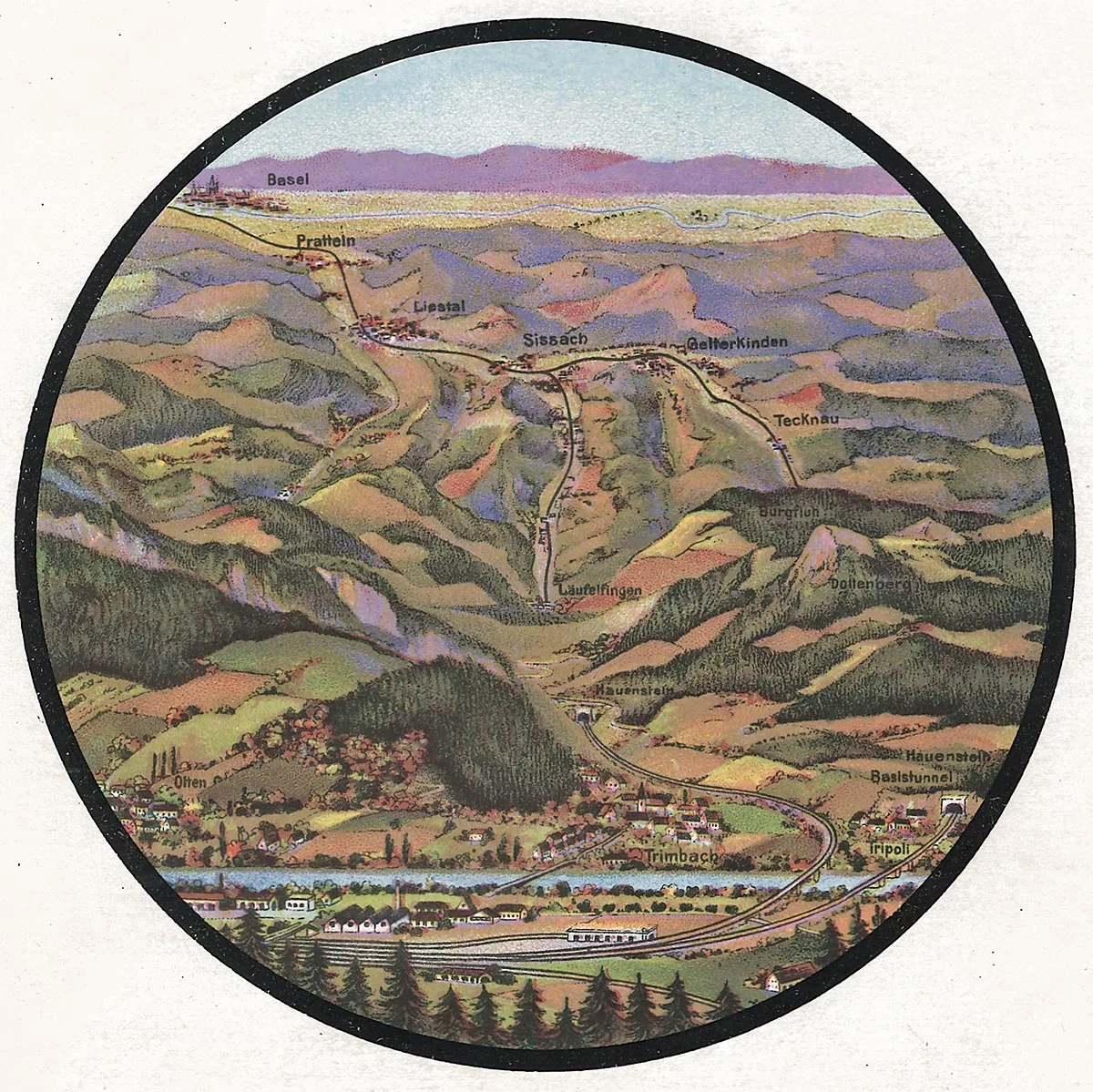

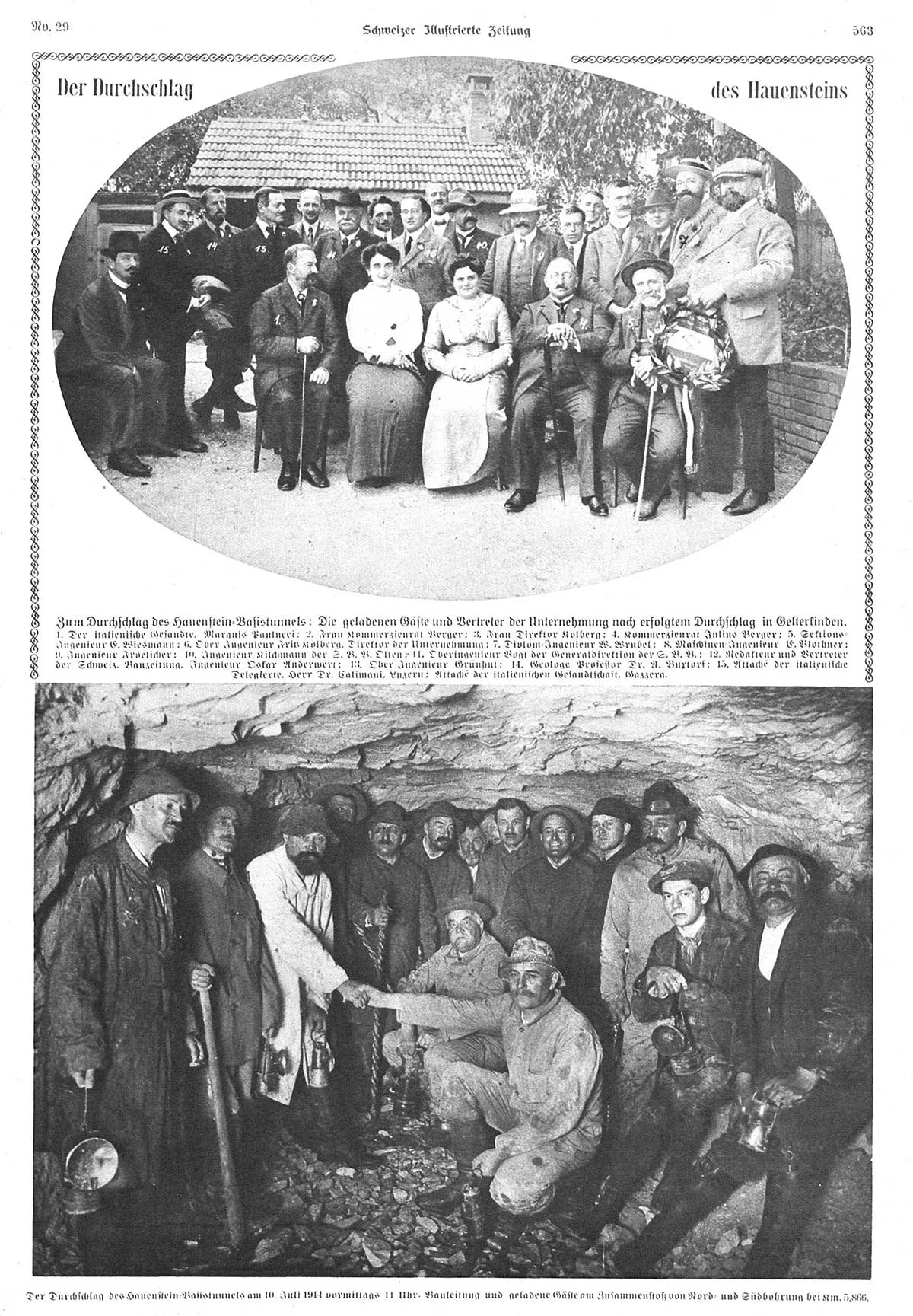
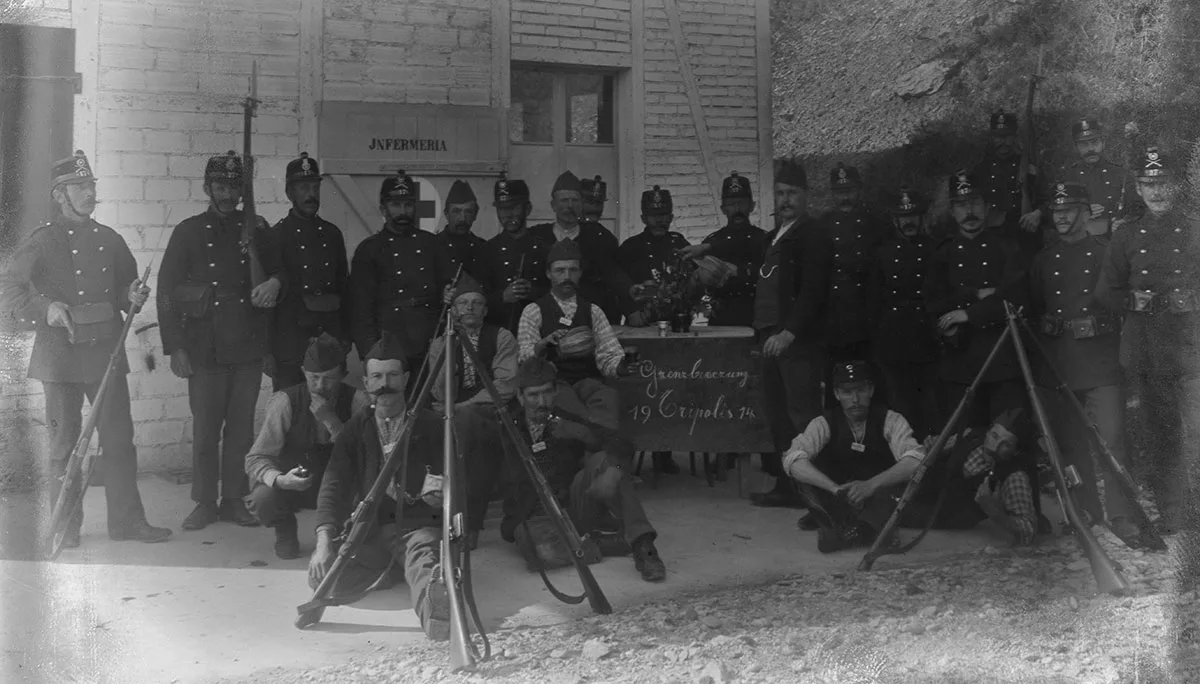

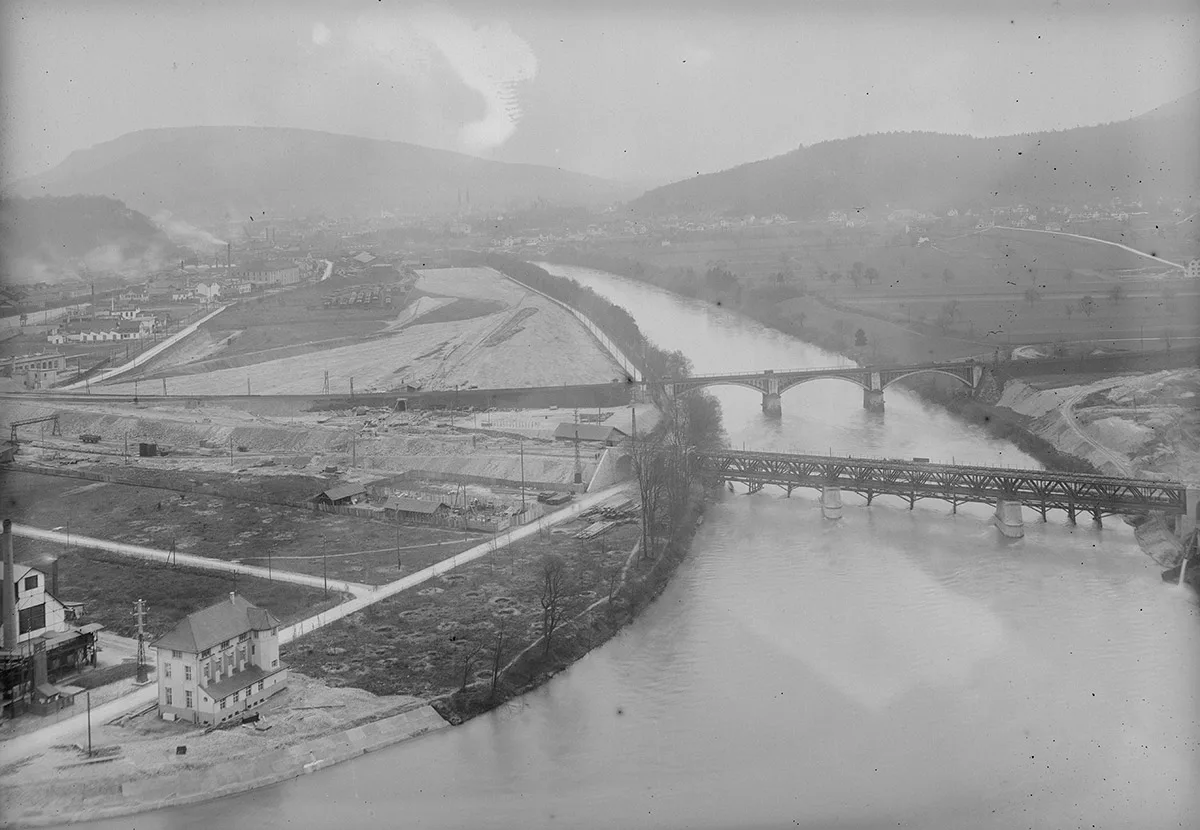

The Hauenstein base tunnel was opened in January 1916. In the middle of World War I. The story of a trailblazing feat of engineering, achieved in tumultuous times.





